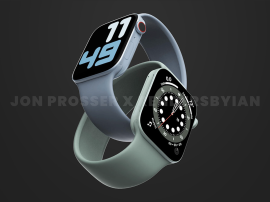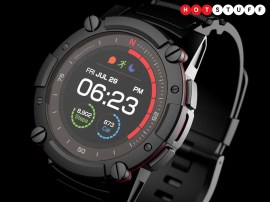Intel’s wearable future: pulse-monitoring headphones, a bowl that charges your gadgets and a watch that tells on your kids
CEO Bryan Krzanich wants to make everything smart, starting with this little lot
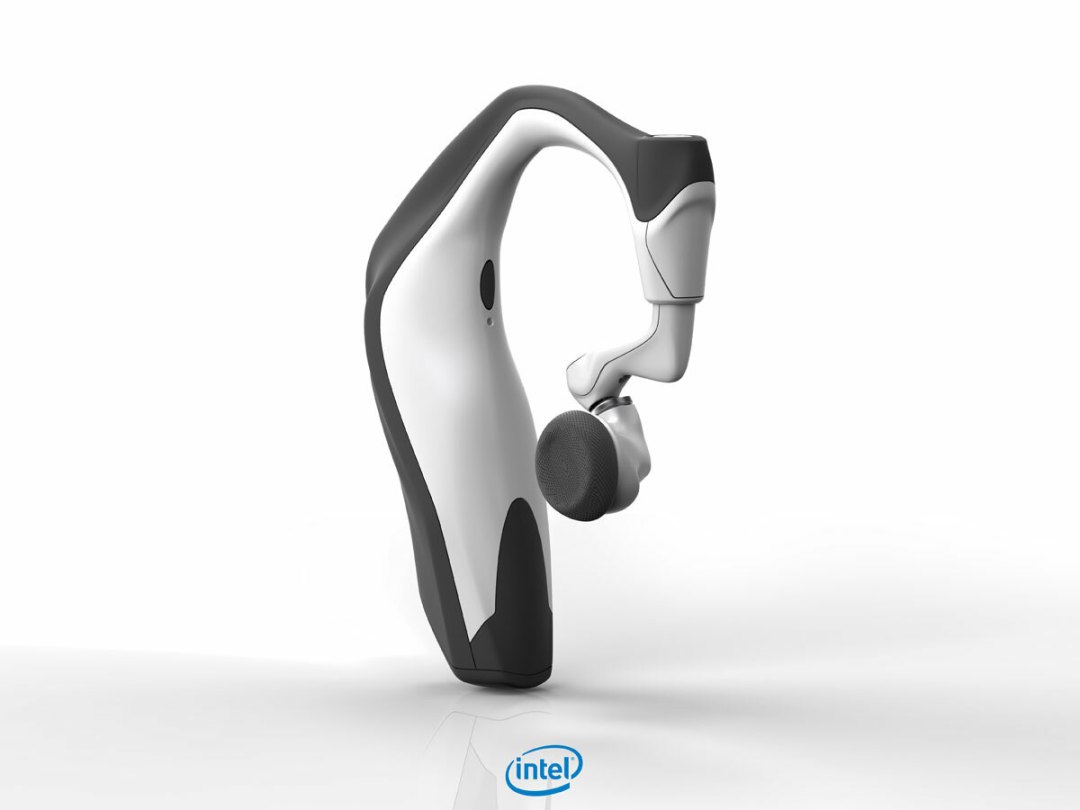
Intel had a lot of announcements at CES today. Like, loads – including the RealSense camera detailed here.
But it’s the chipmeister’s investment in wearable tech that’s arguably its most compelling. It’s crafted a selection of reference designs that it expects to be turned into finished, purchasable products by its partners before the close of 2014.
Health-monitoring headphones

As part of its drive to make us feel wearable tech is indispensable, Intel had a good long think about how to augment the kit we already need rather than adding endlessly to our gadget arsenals. So, rather like LG earlier on in the day (and Motorola before them, with its SF700s), it came up with the idea of Smart Earbuds – in-ear headphones with a built-in heart-rate monitor, removing the need for a separate fitness band.
Unlike LG’s design, these stereo earbuds don’t require an external power source: they take power from the headphone jack, and feed realtime heart rate and pulse info to your phone’s health monitoring app through the same interface. The Smart Earbuds will come with an app for creating and adapting workout regimes, but will be compatible with a number of existing fitness apps, too.
The headset that never stops listening
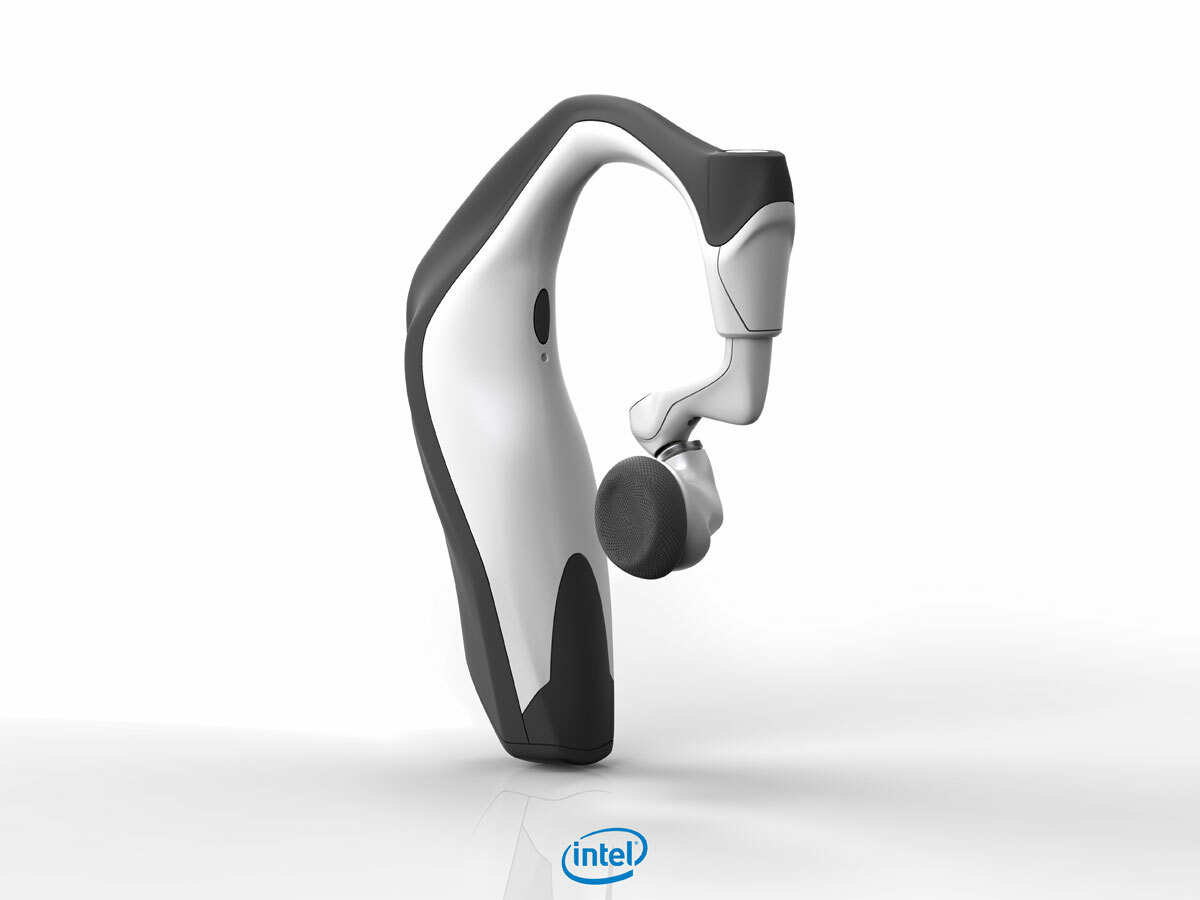
In a similar way to the Moto X, Intel’s Smart Headset adds a layer of Big Brother invasiveness to make your life that little bit easier. It’s basically a Bluetooth headset that doesn’t switch off, and relays your every command direct to a connected device. If you have a request to make of it, you call it by name ("Hey, Jarvis" in the demo, although Krzanich hinted that Apple’s Siri would also work) and bark your requests in a natural-ish manner. Your connected smartphone, tablet or computer then deals with the request. Unless it’s "Please stop listening to me."
The bowl of power
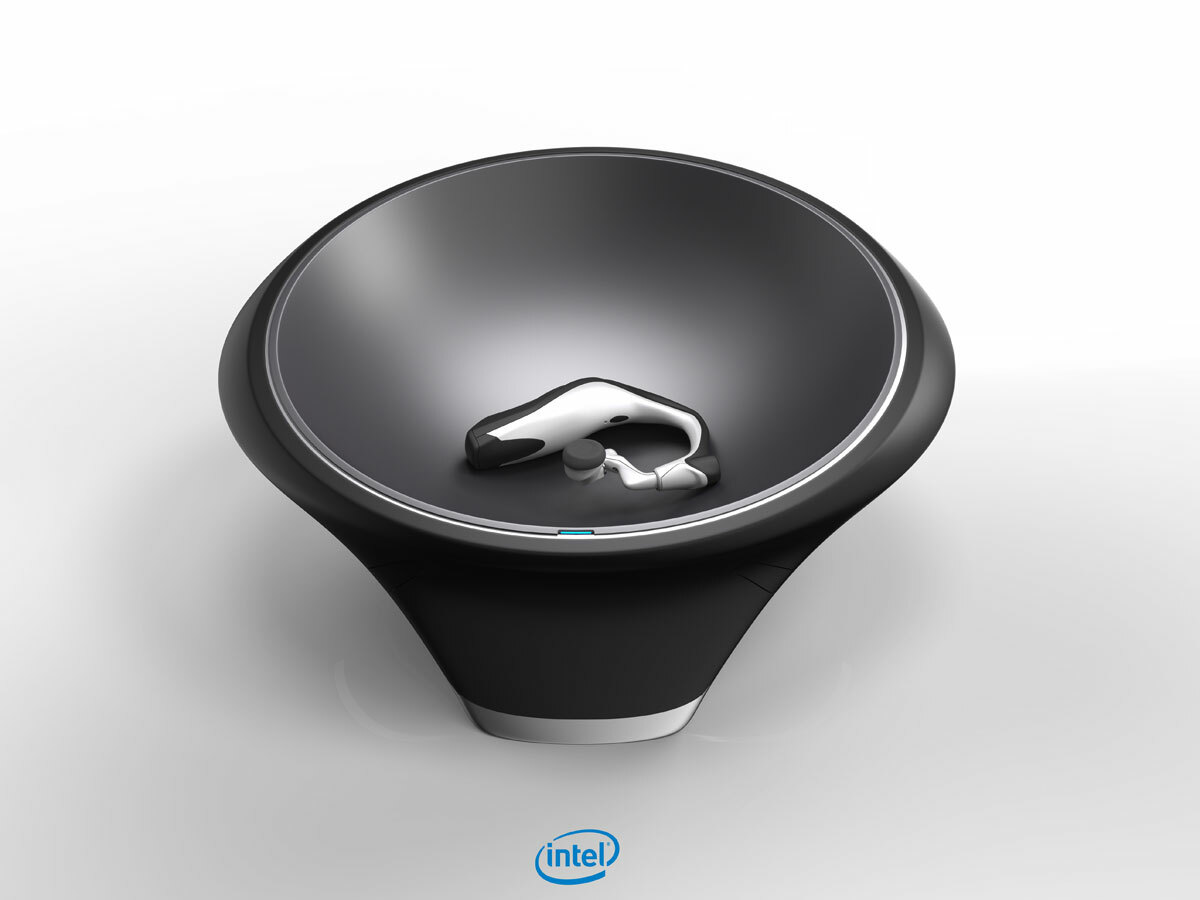
Now this is a good one. The Charging Bowl is 10in in diameter and allows you to charge up multiple devices simultaneously by dropping them into it. Although not strictly wearable (it might make a nice hat, mind you), Intel reasons that you’re more likely to use wearable gadgets if charging them is totally effortless.
It uses the nascent A4WP specification for inductive charging (sorry Qi fans), and seems much more logical than buying yourself a bunch of single-device charging pads.
The watch that watches
Intel’s reference smartwatch design is a lot like the competition – it’s pretty fat, and pretty ugly – but it differs in that it has its own built-in connectivity, which means it doesn’t need to be paired with a smartphone to operate.
Now, we’re not all convinced that a watch with its own SIM card is a good idea. Krzanich didn’t go into detail about whether the watch can be paired with a companion device to provide control and notifications, or indeed whether it could make phone calls. Instead he focused on one capability: geo-fencing, which allows the watch to send notifications out based on location. So, put one on your progeny’s wrist (or, why not, ankle) and it’ll tell you when she’s gone to That Boy’s house.
There’s much more that can be done with geofencing, of course – so we will watch this one with interest, and bring you a hands-on from the show floor this week.
For now, why not check out CES 2014 – all the big news so far?


